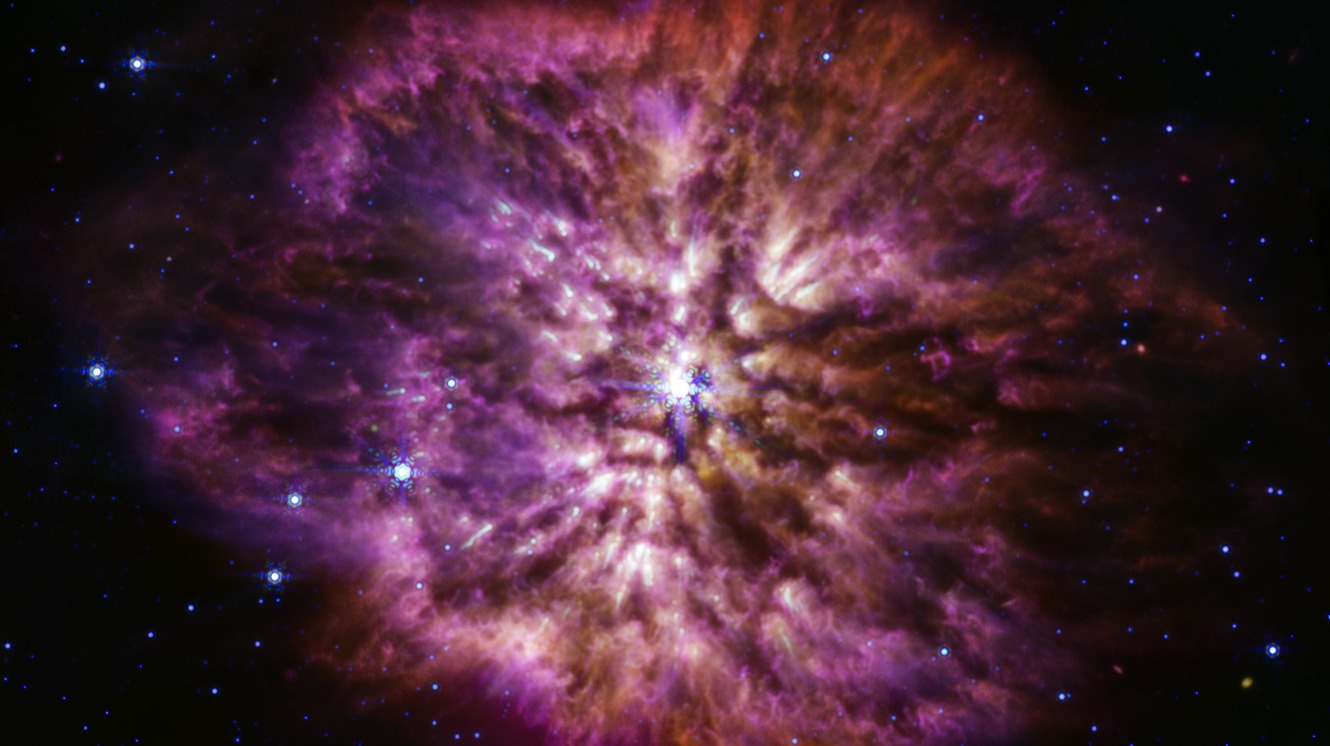A team of astrophysicists has established by modeling that the fields that form from the remnants of dying stars can be the source of gravitational waves — ripples in space-time that were predicted by Einstein more than a century ago.

The first gravitational waves have been detected by the Laser Interferometer Gravitational-Wave Observatory (LIGO), which is based in Louisiana and Washington. LIGO detects gravitational waves by measuring minor differences in the arrival time of laser pulses to mirrors in underground structures. These differences indicate that the waves in space-time slightly delay the laser pulses. Such gravitational waves are formed as a result of the interaction of objects like binary systems and mergers between neutron stars and black holes.
Now a team of researchers believes that a new kind of waves that have not yet been detected can spread through space — gravitational waves resulting from the discarding of remnants by dying stars. The results of their research were presented at the 242nd meeting of the American Astronomical Society.
“As of today, LIGO has only detected gravitational waves from binary systems. But one day it will detect the first non-binary source of gravitational waves,” said Ore Gottlieb, an astrophysicist at Eastwestern University and the lead author of the study.
Non-existent, but predicted
Although such waves have not yet been observed, they were predicted in models constructed by Gottlieb and his colleagues. The researchers simulated how stars die, throwing material out and simultaneously collapsing inwards, leaving behind a black hole.
Scientists have been trying to establish whether the accretion disks of black holes — the superheated matter that makes their shadows visible in radio telescope images — can be a source of gravitational waves. The model showed that the material around the jets can cause disturbances in space-time that are in the frequency range detected by LIGO.
Holy Grail of Astronomy
The discovery of new types of gravitational waves would also be a great achievement for astrophysicists. The Holy Grail of gravitational wave astronomy would be a space observatory that would function just like LIGO, but on a much larger scale. Instead of using LIGO’s 4-kilometer-long arms to detect gravitational waves, astrophysicists could use the 2.41 million-km-long arms proposed by the LISA mission.
Earlier we reported on how scientists were trying to catch gravitational waves from the moment of the Big Bang.
According to Gizmodo.
Follow us on Twitter to get the most interesting space news in time
https://twitter.com/ust_magazine

